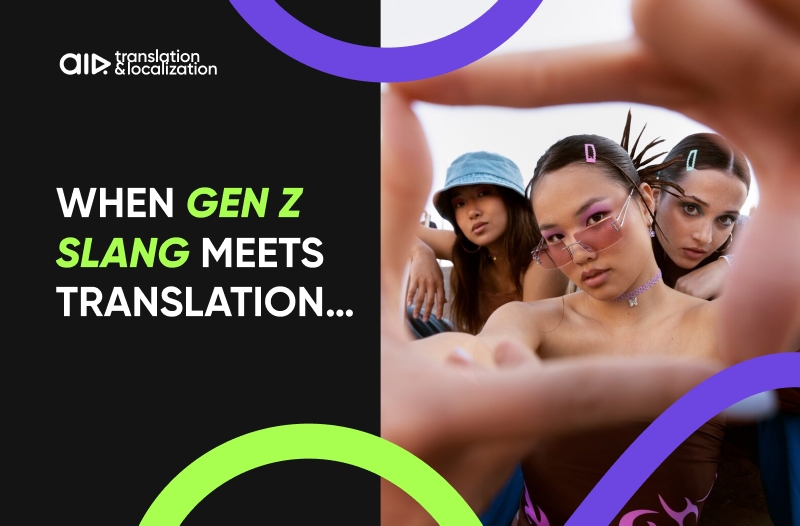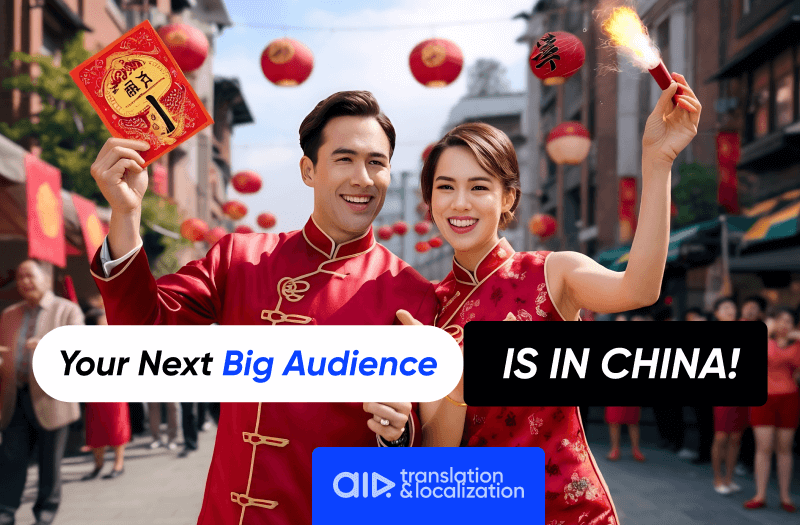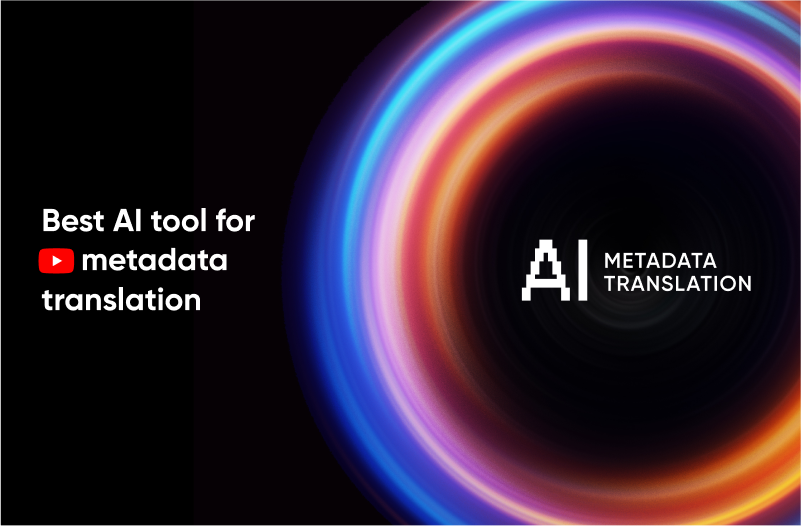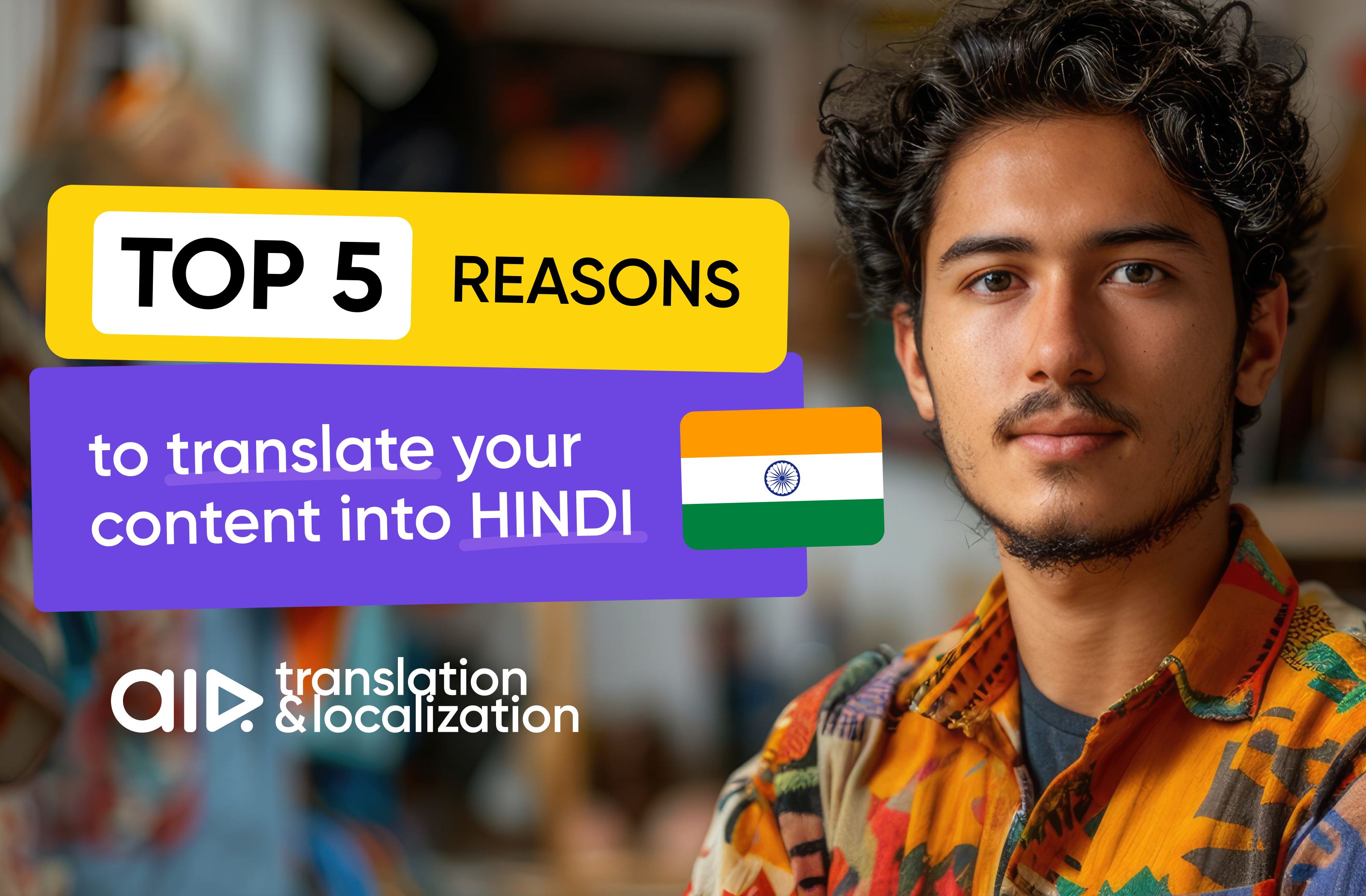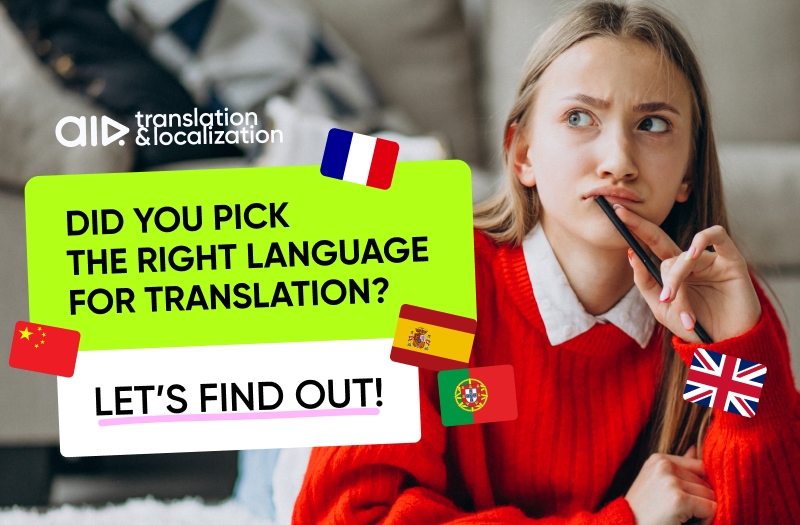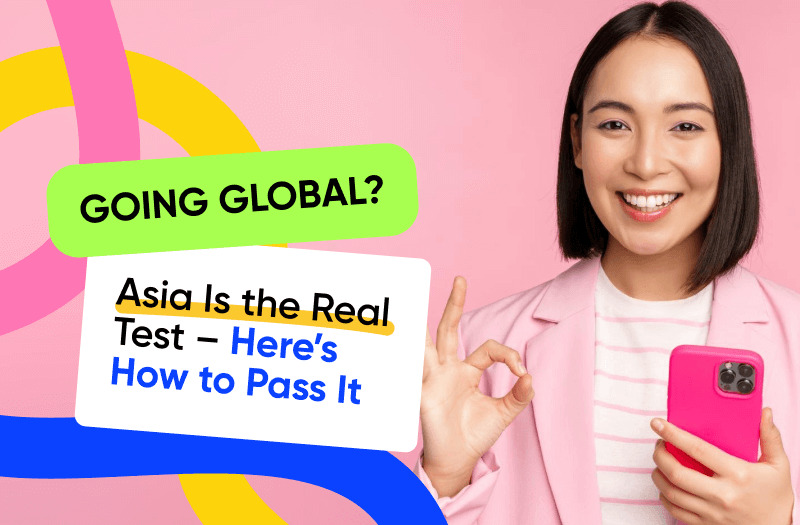Table of contents
If you’re bilingual, you probably know that asking AI to translate Arabic, Spanish, Portuguese, or French text often produces something clunky. Want to know why? Because that’s just a translation. However, localization goes a lot deeper. It’s about adapting memes, cultural nuances, humor, acceptable norms… and, yes, slang.
More Than Just Words
Anyone who’s spent time on YouTube has seen those robotic translations. Imagine a famous vlogger from Spain trying to connect with their Mexican audience using formal, textbook Spanish. It just doesn’t work. The same is true for every other language and region.
But regional slang is where things get interesting, really. It’s not something you can simply find in a dictionary. These expressions are born from local culture, history, and even current events. For example, think of how a local phrase like “¡Qué chido!” in Mexico can capture an excitement that “cool” or “awesome” might not convey in another Spanish-speaking country. In the same way, slang in the United Kingdom like “bloody brilliant” or in Australia like “fair dinkum” has a distinct note that is close to locals’ hearts.
And if the Spanish-speaking person hears the translation of “Spill the tea, sis💅” as the literal “Di la verdad, hermana”, it will likely leave a false impression. Because to them it will sound like “Tell the truth, sister👁️👁️”, which is awkward and out of touch in an informal, entertaining context. As a result, all the playfulness is lost. The connection is broken. But confusion persists. And after several more of those “What??” moments, they close your video and never want to see your face again.
Yep. That’s the tea.
So, what can you do to prevent it?
When you localize properly, you might change the whole vibe of your video. Your audience should forget that the content is translated while watching. That’s why video translation services should work with native speakers and voice actors who know your audience. They can tell you which phrases are on point and which ones might sound off.
Hundreds of creators have translated their content with AIR Media-Tech. As a YouTube-recommended vendor for translation and localization, AIR ensures top-quality service tailored to your growth. Contact us to learn more!
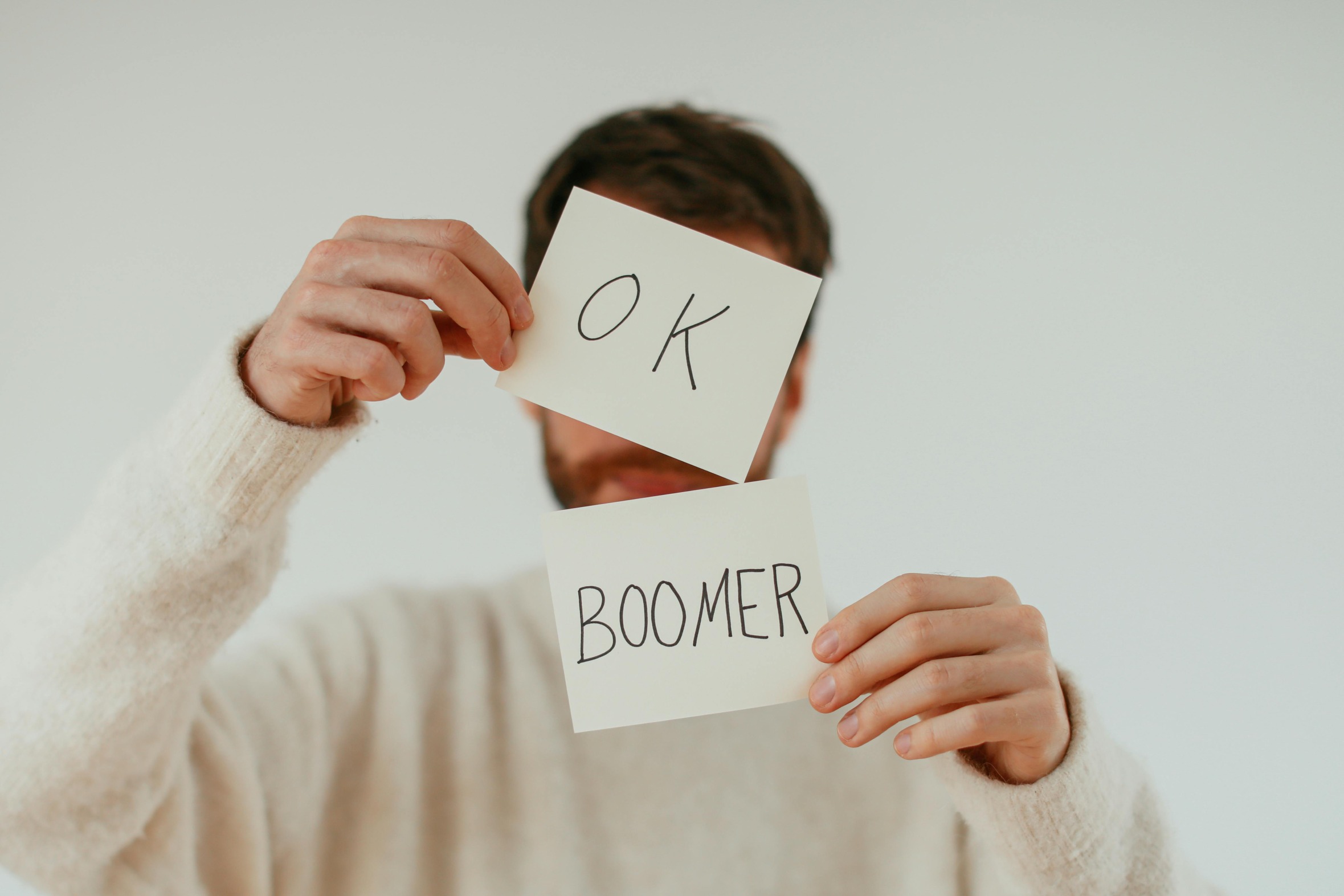
Breaking Down Localization
The benefits of using regional expressions in videos are undeniable. The process of localization can seem overwhelming, but it really boils down to three major parts: metadata, subtitles & voiceovers. We’ve broken it down so you can see the steps and understand why each one matters.
1. Metadata
Your metadata is the first thing people see. It’s the title, description, and tags that help YouTube decide who should watch your video. When localizing here, you don’t just translate words – often, you rethink your entire approach.
For example, a video title that works in English might not have the same impact in Arabic. We’ve seen cases where translated titles simply don’t capture the essence of the original. And sometimes they shouldn’t. There are cases when you simply need a new ‘essence’.
YouTube audience engagement depends on how well your content resonates with viewers, so working with local experts is key. They can help craft a title that 100% taps into the local culture, using slang where it fits naturally.
2. Subtitles
Subtitles are another critical element. You might be tempted to rely on automated translations, but these often miss the shades of regional slang and jokes. A phrase that’s playful in English might come off as straight-up offensive when translated literally. Even small adjustments – like swapping out one slang word for another – can change the entire tone of a video. The importance of regional slang in video localization cannot be overstated.
A well-localized subtitle is less about accuracy and more about preserving the vibe of the original content.
Creators from YouTube’s Top 10 Translate with Us!
Let’s pick the best translation strategy for your channel!
3. Voiceovers
When you hear someone speak in your native dialect, it instantly creates a connection. It tells your audience that the content was made with them in mind. But getting this right isn’t as simple as hiring a native speaker. You need someone like AIR Translate who understands the nuances of your target region’s slang and cultural relevance in YouTube videos.
Take the example of a video originally produced in American English. If you’re localizing it for a Brazilian audience, the voiceover should incorporate phrases that are familiar and relatable. This might mean swapping out idioms or even rephrasing sentences entirely. When voiceovers are done right, the audience can’t help but feel connected.
There’s also the challenge of maintaining consistency. Your audience comes back for that unique style. A sudden shift in tone because of a poorly executed voiceover can break that. That’s why it’s essential to have a team that understands both the original intent of the content and the target market.

Gen Z Slang: Our Case
How regional slang affects YouTube video views? Well… once our AIR Translate team worked with a creator who had a massive following in the United States. His goal was to expand into Latin America. The content was full of Gen Z slang, jokes, and emotions. This cocktail didn’t quite translate well. The automated subtitles failed, and the initial voiceover they made just felt off.
We decided to overhaul the approach. First, we sat down with native speakers from Mexico, Colombia, and Argentina to discuss the nuances of local slang. Our tasks were to:
- Make the jokes relatable.
- Rephrase a lot of American slang words to regional ones.
- Сhoose the right actor for voiceovers.
When the work was done, the effect was almost immediate. Views, comments, subs – everything blew up. The new audience stayed for longer, commented more often & finally understood what the hype was about.
This proves that localization is as much an art as it is a science. It requires a deep understanding of local culture and the ability to adapt content so that it feels natural and fun. The slang, humor, and cultural references that work in one region might not translate directly to another. That’s why a tailored approach is always the best strategy when creating localized video content.
Want to launch a separate localized channel?
We launch, optimize, and promote new translated channels in global markets, managing every detail at no upfront cost to you. Drop us a line to learn more!
Practical Tips for Successful Localization
Now let’s get into some practical tips you can use for your own videos. While we don’t want to bombard you with a long list of bullet points, here are three tips that have worked for many:
- Partner with native speakers for both subtitles and voiceovers. Their insights on slang and cultural nuances can make your content on point.
- Don’t be afraid to experiment. Release a pilot localized version and gather feedback. This can help you fine-tune the strategy.
- Optimize metadata too. Translating video titles, descriptions, and tags boosts SEO and makes your content easier to find.
These simple tips can save you a lot of headaches in the process. Build a team that understands both your brand and the local market. The extra effort pays off in increased engagement and a more loyal audience.
Local Language in YouTube Videos
Localization is about learning, adapting, and sometimes even rethinking how you present your content. Regional slang is just one piece of that puzzle, but it’s a piece that can make a huge difference.
And our AIR Translation team is here to help you with this. The right localization strategy can boost revenue, connect you with global audiences, and diversify income streams. So why not make every word count?
